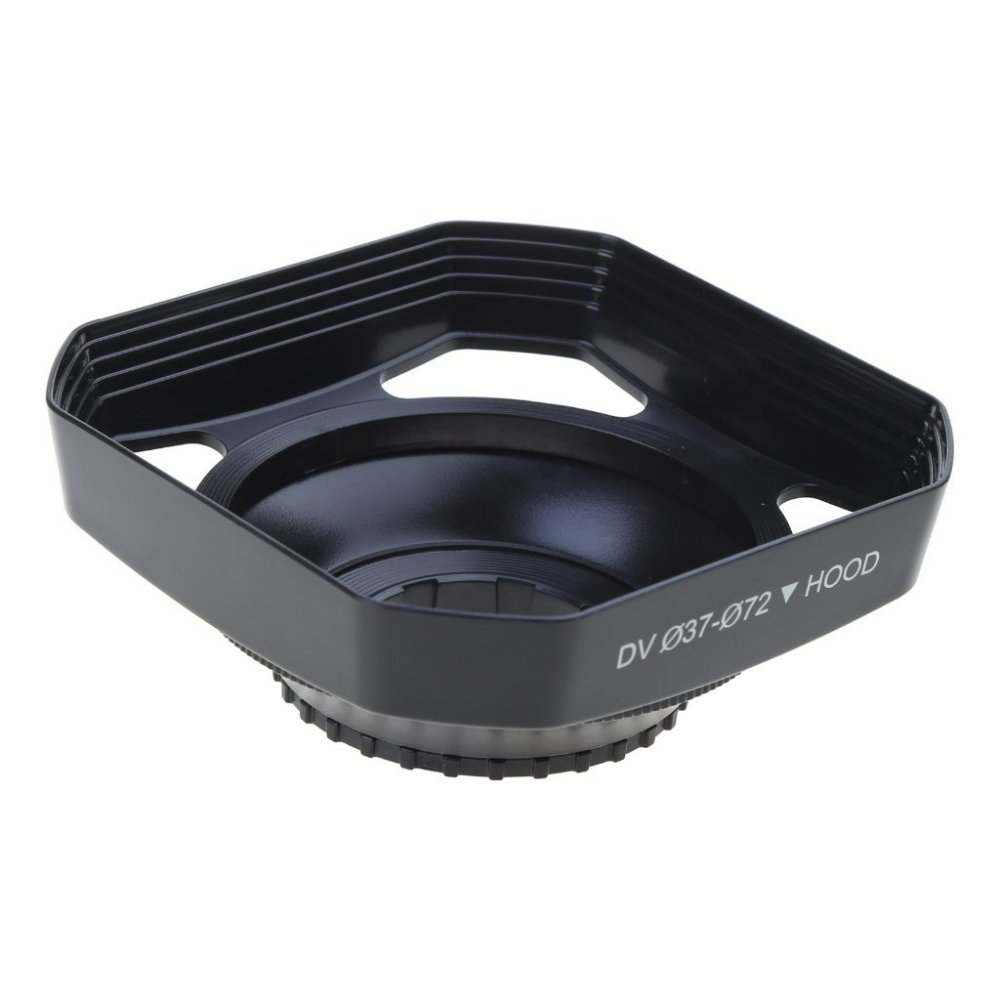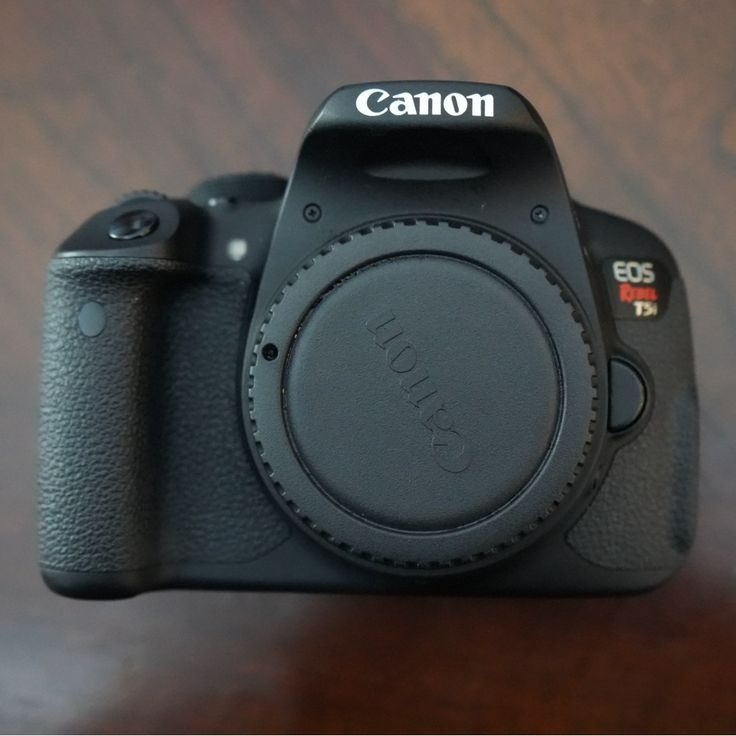What is a Camera Lens Hood and Why Use One
A camera lens hood is a camera accessory that attaches to the front of a lens. It looks like a tube or a ring and comes in different shapes and sizes. The primary purpose of a camera lens hood is to block stray light from entering the lens. This light can cause unwanted glare and lens flare in your photos. Glare and flare can reduce image contrast and can create distracting artifacts that degrade photo quality.
Using a camera lens hood also helps protect the lens. It acts as a barrier against scratches, fingerprints, and minor impacts. Moreover, it can keep raindrops and other elements away from the lens surface. This is important when shooting in various weather conditions. In essence, a lens hood can help to maintain both the quality and the integrity of your images.
Additionally, a camera lens hood can improve the colors and saturation in your photos. By limiting the amount of excess light, hoods ensure that the colors in your pictures are more vibrant and true to life. They are particularly useful when shooting outdoor landscapes or during bright, sunny days. To sum up, a camera lens hood is an essential tool. It improves image quality, offers lens protection, and enhances photo colors. It’s a small investment for any photographer looking to capture the perfect shot.

Types of Lens Hoods and Their Specific Uses
There are several types of camera lens hoods, each designed for specific uses and scenarios. Here’s a rundown of the common types:
Cylindrical Lens Hoods
Cylindrical lens hoods are the simplest in design. They are basically tubes that extend from the lens. These hoods suit telephoto lenses well. They block light coming from the sides without shading the corners of the image.
Petal Lens Hoods
Petal lens hoods, also known as tulip lens hoods, have curved notches. These notches prevent the hood from blocking the corners of the photo frame. Petal hoods are ideal for wide-angle lenses. They offer good flare protection without affecting the image field.
Metal Lens Hoods
Metal lens hoods are durable and provide excellent protection against impact. They are suitable for photographers who travel often or work in rough conditions. Metal hoods are heavier than plastic ones but offer better lens safety.
Rubber Lens Hoods
Rubber lens hoods are flexible and collapsible. This makes them convenient for storage and transport. They absorb impacts well, which helps protect your lens during travel. However, they may not be as effective at blocking light as rigid hoods.
Dedicated Lens Hoods
Dedicated lens hoods are designed by lens manufacturers for specific lens models. They match the lens’s focal length and angle of view perfectly. This ensures optimal light blocking without vignetting or image cropping.
Knowing the types of camera lens hoods and their uses can guide you in choosing the right one for your lens. Always assess the lens type and your shooting environment when selecting a lens hood.
How to Select the Right Size and Shape for Your Lens
Selecting the right size and shape for your camera lens hood is crucial. Here are steps to make sure you pick the perfect one.
- Identify Your Lens Specs: Look for the diameter and focal length of your lens. These figures are usually found on the lens itself or the user manual.
- Understand Lens Compatibility: Not all hoods fit all lenses. Check your lens for a thread size – this tells you the hood size you need.
- Consider the Shape for Your Photography Style: If you shoot wide angles, a petal hood may be best. For zoom lenses, a cylindrical hood works well.
- Check for Vignetting: Ensure the hood does not cause dark corners in your photos. This can happen if it’s too big or the wrong shape for your lens.
- Durable Material Choices: Decide between rubber for flexibility, metal for durability, or plastic for a balance of both.
- Opt for a Reversible Hood: For easy storage and transport, a hood that can be reversed to fit onto the lens backwards is ideal.
Picking the right camera lens hood is straightforward if you follow these steps. Make sure the hood fits perfectly and complements your shooting style.

The Impact of Lens Hoods on Photo Quality
Using a camera lens hood impacts your photos in several key ways. First, it prevents stray light. Stray light can cause lens flare and glare, those bright spots that ruin shots. By blocking this light, lens hoods improve image contrast and sharpness. Without the hood, photos might have washed-out colors and a hazy look. Another way hoods help is by improving color saturation. Colors in your photos appear richer and deeper with a lens hood. This is crucial for capturing vivid landscapes and clear skies. Lens hoods also protect image quality from the elements. They shield the lens from wind-blown debris, rain, and accidental touches. All these factors contribute to maintaining consistent photo quality. Lastly, using a hood can give you a mental edge. It’s a physical reminder to be careful with your camera. That can lead to better framing and more thoughtful composition. In summary, lens hoods play a vital role in maintaining high photo quality. They manage light, protect the lens, and encourage better photography habits.
Using Lens Hoods in Different Lighting Conditions
Using a camera lens hood can greatly benefit your photography across various lighting scenarios. Whether you’re dealing with harsh sunshine, reflective surfaces or low light, a lens hood can improve your image quality. Below are some typical lighting conditions and how lens hoods can be useful in each.
- Bright Sunlight: In direct sunlight, a lens hood reduces glare and lens flare. This means better contrast and deeper colors in your photos.
- Golden Hour: During sunrise or sunset, a lens hood helps manage the soft light. It limits the chance of flare from the low angle of the sun.
- Backlit Situations: When the light source is behind your subject, a lens hood keeps the lens from washing out. It keeps your images crisp.
- Reflective Environments: Around water or snow, hoods block the intense reflected light. This prevents glare that could obscure details.
- Indoor Artificial Lighting: Inside, lens hoods minimize the impact of overhead lights or spotlights. They ensure that the light doesn’t reduce image quality.
- Low Light: In dim conditions, a lens hood might seem less necessary. However, it can still shield the lens from stray light sources that could cause flare.
In all these conditions, a camera lens hood acts as a shield. It ensures that only the desired light enters your lens. Remember, not every hood works the same in every situation. Choose one that suits the specific lighting you’re working with. Keeping a camera lens hood on your lens might just give you that edge for a perfect shot.

The Pros and Cons of Petal vs. Round Lens Hoods
When selecting a camera lens hood, the design choice often comes down to petal or round shapes. Understanding the advantages and disadvantages of both can help you make an informed decision.
Pros of Petal Lens Hoods
Petal lens hoods, known for their distinctive cutout shapes, offer unique benefits. They maximize coverage without vignetting, especially in wide-angle shots. This shape allows for wider field of view with less obstruction. They are ideal for reducing flare from angular light sources without cropping out the corners of your image.
Cons of Petal Lens Hoods
However, petal hoods are bulkier, making them less convenient for travel and storage. They may also be more prone to breakage due to their intricate design. Plus, they often cost more than round hoods.
Pros of Round Lens Hoods
Round lens hoods are great for simplicity and durability. They provide constant shading and protection in all directions. This makes them more robust and less likely to break. They are also typically cheaper and easier to store. Round lens hoods work well with telephoto lenses, where vignetting is less of an issue.
Cons of Round Lens Hoods
The downside to round hoods is they can cause vignetting on wide-angle lenses. This results in dark corners in your images if not matched correctly with the lens’s focal length. They may not be as effective at blocking directional light sources compared to petal hoods.
In conclusion, both petal and round camera lens hoods serve to enhance photo quality but in different ways. Petal hoods work best for wide-angle lenses to prevent vignetting, while round hoods are more suited for longer focal lengths and simpler protection needs. Your choice should be based on the specific requirements of your photography style and lens type. Remember to factor in convenience, potential for vignetting, and durability when choosing between petal and round lens hoods.
Must-Know Tips for Attaching and Using Lens Hoods
Attaching and using a camera lens hood correctly is key to getting the best out of it. Here are some essential tips to ensure that your lens hood serves you well:
- Line Up Properly: Align the hood with the lens mounting mark. Twist gently until it clicks into place.
- Check Security: Give the hood a soft tug once attached. It should stay firm with no wobbling.
- Avoid Cross-Threading: Turn the hood in the correct direction. This prevents damage to the lens threads.
- Use the Right Size: Always use a hood that fits your lens diameter. A mismatch can lead to problems.
- Reversible Mounting: Learn to reverse-mount your hood. This makes it easy to store and carry.
- Clean Regularly: Dust and debris on the hood can affect photo quality. Keep it clean for clear shots.
- Practice Detaching: Practice removing the hood smoothly. This helps when you need to swap it quickly.
- Consider the Lens Cap: Some hoods allow the use of a lens cap. This adds extra lens protection.
By following these tips, your camera lens hood will enhance your photography without hassle. Always remember, a correctly used lens hood can be the difference between a good photo and a great one.
Top Recommended Lens Hoods for Various Photography Styles
Choosing the right camera lens hood depends on your photography style. Here are top recommendations for various styles:
- Landscape Photography: Go for a petal lens hood. It helps with wide-angle lenses to avoid dark corners.
- Portrait Photography: A round hood will work well. It offers even shade and won’t interfere with framing shots.
- Sports and Wildlife Photography: Pick a long cylindrical hood. It prevents light from distracting fast-moving or distant subjects.
- Street Photography: A collapsible rubber hood is easy to carry. It adjusts quickly to changing scenes.
- Architectural Photography: A petal hood can manage direct sunlight and reflections from buildings.
- Night Photography: Though less common, a shallow round hood can help with light flares.
- Travel Photography: Choose a durable metal hood. It protects your lens from damage on the go.
By matching the hood to your needs, you ensure better photos. The camera lens hood is a key accessory for photo quality. Remember to balance protection, light management, and convenience when making your choice.